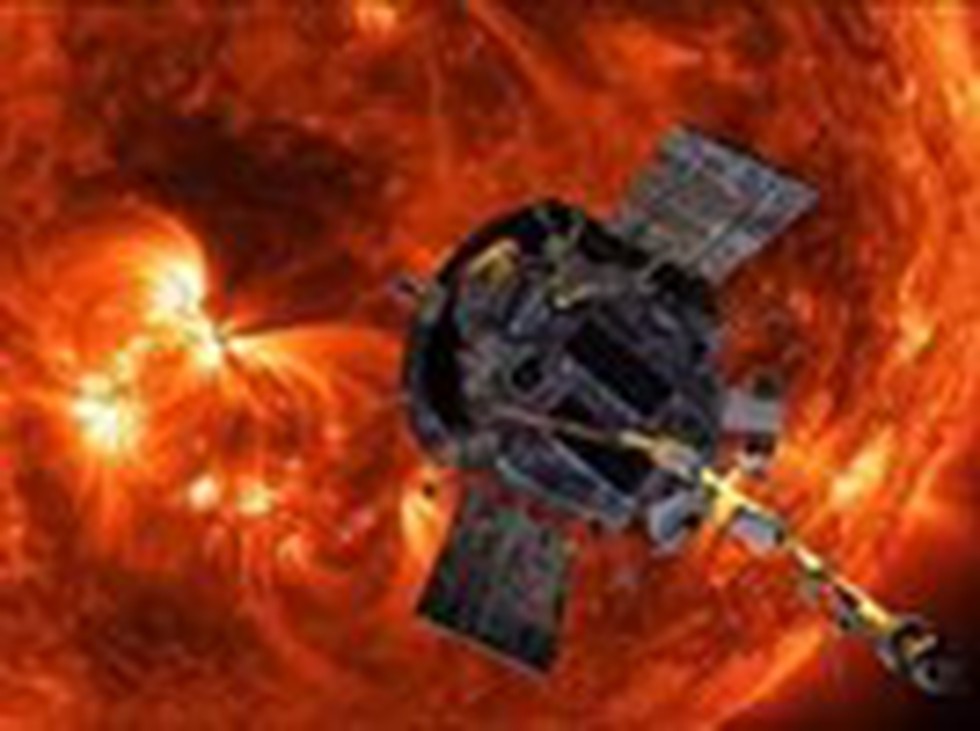About the Supra Thermal & Energetic Particle Spectrometer (STEPS):
- It is a sub-system of the ASPEX (Aditya Solar Wind Particle Experiment) payload on the spacecraft.
- The key aim of STEPS is to study the environment of energetic particles from the spacecraft’s position on the L1 point till it will function.
- The data from STEPS in the long term will also help us understand how space weather changes.
- It comprises six sensors, each observing in different directions and measuring supra-thermal and energetic ions.
- The data collected during the Earth’s orbit helps scientists analyse the behaviour of particles surrounding the planet, especially in the presence of its magnetic field.
- It was developed by the Physical Research Laboratory (PRL) with support from the Space Application Centre (SAC) in Ahmedabad.
Key facts about Aditya L1
- Aditya (which in Sanskrit means sun) is a planned coronagraphy spacecraft to study the solar atmosphere (solar corona, - outermost part).
- It has been designed and developed by ISRO and various other Indian research institutes.
- It is the first dedicated Indian mission to observe the Sun and will be launched aboard a PSLV-XL launch vehicle.
- The suits of Aditya L1’s payloads are expected to provide crucial information for understanding the phenomenon of:
- coronal heating, coronal mass ejection (CME), pre-flare and flare activities and their characteristics,
- the dynamics of space weather, propagation of particles and fields, etc.
